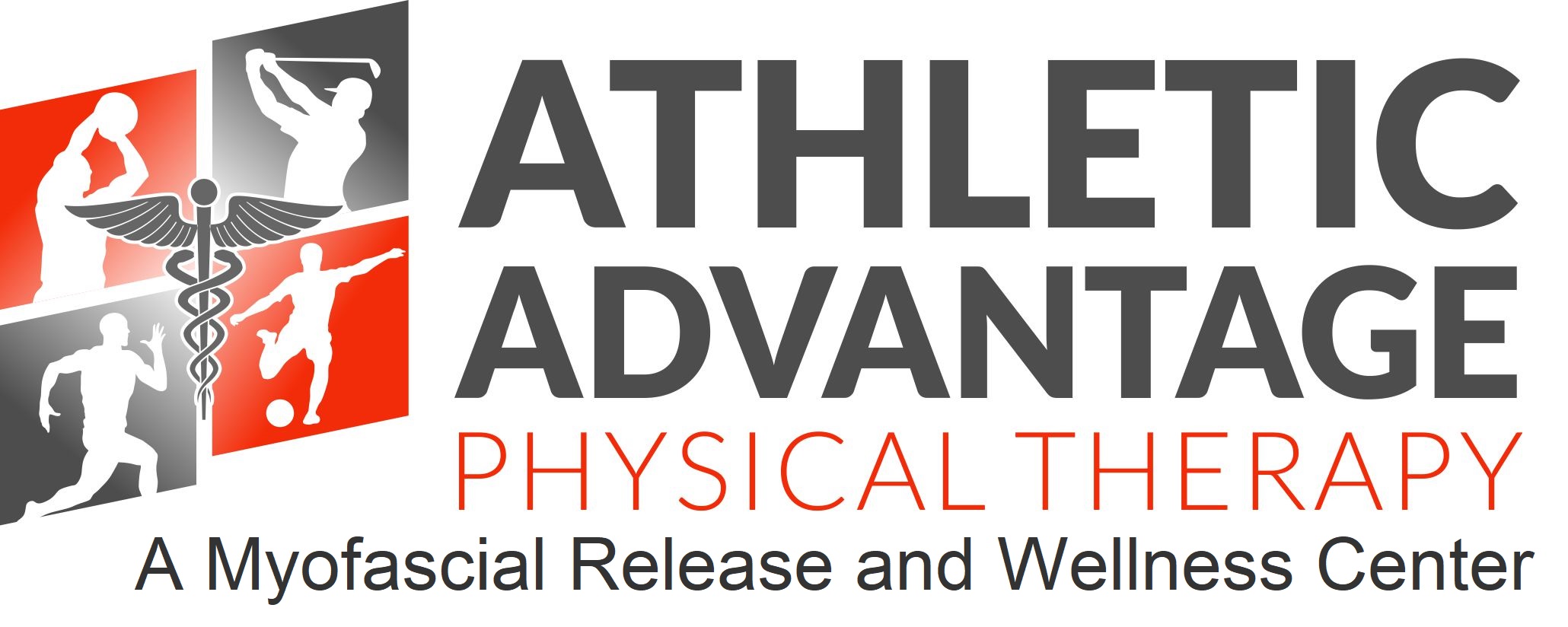HELP! My head hurts! How do I tell if this is a headache or a migraine? When will it go away? What can I do to prevent headaches? Can physical therapy really help?
A headache is a pain in your head that can cause aching or pressure that usually occurs on both sides of the head. A headache can last anywhere from 30 minutes to a week. Up to 75% of adults worldwide have had a headache in the past year. Headaches are described by the type and location of pain in the head. Typical areas where headaches can occur include the forehead, temples, and back of the neck. The most common type of headache is a tension headache, but there are also cervicogenic or neck muscle-related headaches, cluster headaches, sinus headaches, Chiari headaches, and thunderclap headaches.
- Tension headaches – most common type of headache, caused by muscle tightness and/or muscle spasms. Symptoms include; a tight feeling, mild to moderate intensity, and can be on both sides of the head. These headaches are often made worse with stress, poor posture, muscle strain and anxiety.
- Cervicogenic headaches – caused by a joint in the neck causing irritation to surrounding nerves. Symptoms include; duration greater than 2 hours, moderate to severe intensity, reduced range of motion (ROM) in the neck, and may or may not have symptoms down into the shoulders/arms. These headaches are often made worse by moving the neck or resting in certain positions for too long.
Migraines are more intense or severe and are usually accompanied by other symptoms than just head pain. Common symptoms associated with migraines include; nausea, pain behind one eye or ear, pain in the temples, seeing spots or flashing lights, sensitivity to light and/or sound, temporary vision loss, and vomiting. Migraines also typically only affect one side of the head. An “aura” refers to sensations a person experiences before they get a migraine. These sensations typically occur anywhere from 10 to 30 minutes before an attack. These can include; feeling less mentally alert or having trouble thinking, seeing flashing lights or unusual lines, feeling tingling or numbness in the face or hands, or having an unusual sense of smell, taste, or touch. Migraine triggers may include; emotional anxiety, contraceptives, alcohol, hormonal changes, and menopause.
Treating Headaches/Migraines
There are a variety of over the counter and prescription medications to help treat headaches and migraines, and your doctor can help you with which may be best for you. You may also be encouraged to change your diet to decrease caffeine and/or alcohol intake. Stress reduction is an important way to treat and manage headaches. Headache treatments with reducing stress include; heat therapy, such as applying warm compresses or taking a warm shower, massage, meditation, neck stretching, and relaxation exercises.
Physical therapy has been proven to:
- Decrease or resolve the intensity, frequency, and duration of headaches.
- Decrease medication use.
- Improve function and mobility.
- Improve ease of motion in the neck.
- Improve quality of life.
Physical therapy and myofascial release blend well into this equation to give you a hands-on approach to muscle and fascial release, appropriate stretches and postural adjustments to set you up for success. Hands-on techniques are designed to alleviate joint and muscle stiffness, increase mobility of the head and neck, decrease muscle tension and spasms, and improve muscle performance. Some physical therapists also provide dry needling for certain types of headaches.
At Athletic Advantage Physical Therapy and Wellness Center, you can also take advantage of our wellness services for stress reduction, including yoga, sound therapy, Reiki, guided meditation, Bemer treatments and more. Visit us online or call us at (740) 549-7041.



Comments are closed.